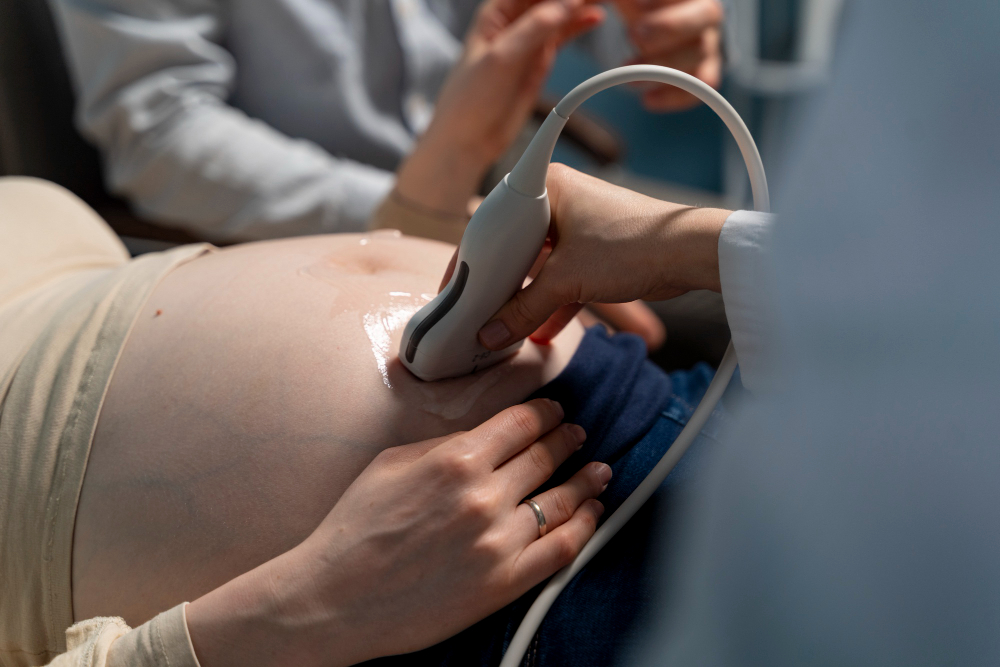Pediatric ultrasound is a valuable medical imaging tool used to assess and monitor the health of infants, children, and adolescents. As a parent, understanding what to expect from pediatric ultrasound can help alleviate concerns and ensure the well-being of your child. In this article, we'll explore the essential information parents should know about pediatric ultrasound, including its uses, safety, and what to expect during the procedure.
Uses of Pediatric Ultrasound
Pediatric ultrasound serves various purposes in diagnosing and monitoring medical conditions in children. Here are some common applications:
- Fetal Assessment: Prenatal ultrasound is used to monitor fetal development during pregnancy, providing critical information about the baby's health.
- Abdominal Imaging: Ultrasound can evaluate the organs in the abdomen, including the liver, gallbladder, kidneys, and spleen. It helps diagnose conditions like kidney stones, appendicitis, mesenteric lymphadenitis, intussusception, pyloric hypertrophy, ascites and other gastrointestinal issues.
- Cardiac Ultrasound (Echocardiography): Echocardiography assesses the structure and function of the heart. It is essential for diagnosing congenital heart defects and monitoring heart health in children with heart conditions.
- Musculoskeletal Imaging: Ultrasound can visualize muscles, tendons, ligaments, and joints. It helps diagnose sports injuries, sprains, and conditions like joint effusion and juvenile arthritis.
- Thyroid Evaluation: Ultrasound can assess the thyroid gland for nodules, enlargement, or abnormalities.
- Gynecological Issues: In adolescent girls, ultrasound can evaluate pelvic organs and diagnose conditions like ovarian cysts or uterine abnormalities.
Is Pediatric Ultrasound Safe?
Pediatric ultrasound is considered safe, painless and non-invasive. It does not use ionizing radiation, making it suitable for repeated use without any harmful effects. In fact, pediatric ultrasound is commonly used for monitoring infants and children throughout their development.
However, it is essential for healthcare providers and parents to communicate openly about any potential risks or concerns. If your child requires a contrast agent (a special dye used to enhance images) for a specific type of ultrasound, discuss the procedure's safety with the healthcare team.
What to Expect During a Pediatric Ultrasound
- Preparation: Depending on the type of ultrasound, your child may need specific preparation. For instance, gallbladder or biliary ultrasounds might require fasting for several hours before the procedure.
- Comfortable Environment: Pediatric ultrasound is performed in a quiet, dimly lit room to help keep your child calm and comfortable.
- Gel Application: A clear, water-based non-irritating gel is applied to the skin over the area being examined. The gel ensures good contact between the transducer and your child's skin, allowing for clear images.
- Transducer Placement: The operator will gently move the transducer (a small handheld device) over your child's skin to capture images of the internal structures. The procedure is typically painless and non-invasive.
- Duration: The duration of a pediatric ultrasound varies depending on the specific exam. It can last from 5 minutes to over an hour.
- Explanation: The operator may explain the procedure to your child in an age-appropriate manner, helping them feel more at ease.
- Reassurance: You can stay with your child during the procedure to provide comfort and reassurance. Some facilities may have child-friendly rooms with toys and distractions to help children relax.
Conclusion
Pediatric ultrasound is a safe and valuable tool for assessing and monitoring the health of children. As a parent, being informed about the procedure and its applications can help you feel more confident and prepared when your child requires an ultrasound. Remember to communicate openly with your child's healthcare provider, ask questions, and address any concerns you may have. Pediatric ultrasound plays a crucial role in ensuring your child's health and well
